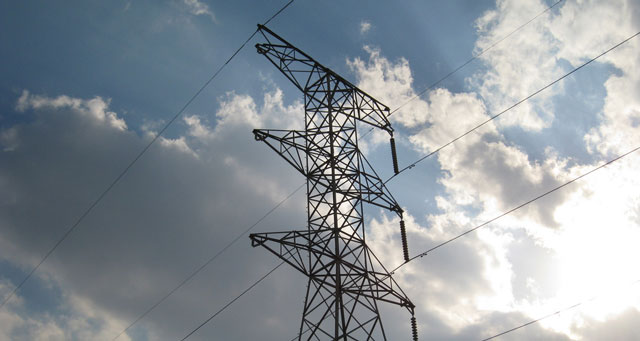
Despite multiple trips of units at three power stations stress-testing the power system, Eskom managed to avoid load shedding on Tuesday.
The multiple trips of units resulted in a loss of 3,5GW and, in an effort to stabilise the power grid, Eskom used five diesel generators.
According to Eskom, load shedding was avoided due to the resilience of the power system.
“Due to the interconnectedness of the power system, an earth fault at the high voltage yard at Tutuka power station had resulted in three units of the Majuba power station and two units at Drakensberg Pumped Storage being offline,” Eskom said in a statement. Due to a separate and unrelated incident Tutuka unit 3 also tripped.
One Majuba unit, two Drakensberg units and one Tutuka unit have since been brought back on the grid. In addition, Matla unit 1, Grootvlei unit 4 and Camden unit 5, that were on opportunity maintenance, were returned to service to support the grid. The remaining units are expected to be back online before this evening’s peak period.
Eskom currently has 33,8GW to meet an expected peak demand of 30,9GW, it said.
Last week, public enterprises minister Lynne Brown said there is “no prognosis” for load shedding in the winter months. She said load shedding has become a thing of the past and the usage of diesel has also been reduced significantly.
In March this year, Eskom CEO Brian Molefe actually retracted a previous statement that the lower tariff hike granted by energy regulator Nersa would lead to load shedding this year.
Eskom issued a statement shortly after Nersa’s decision to grant it an additional R11,2bn in revenue for 2016/2017 — almost half of the amount the power utility had originally requested. In the statement, Eskom warned it could not guarantee that the lights would stay on.




